It 's Friday .
It 's Friday .
Jumalıkızık, this property is a series of eight-component sites nominated in the southern Marmara region, Bursa City and the nearby village of Jumalıkızık. The site shows the formation of an urban and rural system that established the Ottoman Empire in the early 14th century. It shows the formation of an urban and rural system that established the Ottoman Empire at the beginning of the 20th century. The property houses the basic functions of the social and economic organization of the new capital, which developed around a civil center. These include the commercial quarters of the khans, mosques, madrasas, baths and a kitchen for the poor, as well as the mausoleum of Orhan Gazi, the founder of the Ottoman dynasty. A component that remains outside the historical center of Bursa is the village of Jumalıkızık, the only rural village that shows that this system provides hinterland support to the capital.
Where's Friday?
Cumalızık is a lovely Ottoman village in the Yıldırım district of Bursa. Bursa is 12 kilometers to the east and an average of 20 minutes, Istanbul is 168 kilometers to the east and an average of 2 hours and 20 minutes.
How do you get to Friday?
Located in the northwestern region of Turkey, Bursa is a beautiful city that offers magnificent natural landscapes, historical sites, and cultural experiences. The city is accessible by land, sea and air transport. For those traveling by bus, there are several companies that offer regular services from Istanbul and other parts of Turkey. Visitors can also take a ferry from Istanbul to Bursa, which offers a magnificent view of the Sea of Marmara. Bursa also has its own airport, Yenişehir Airport, which serves domestic flights and several international destinations. The village is easily accessible from Bursa by taxi or local bus. Visitors can wander through the narrow streets with Albanian sidewalks.
Where to go on a Friday night?
With the text of Friday's date. Places to visit in Bursa It's in between. In fact, every street in the village is worth a visit. There are old historic houses and places where you can experience examples of village life. It's also the Museum of Ethnography on Fridays. List of World Heritage Sites It tells us the value of the village. The village mosque, the Zekiye Hatun fountain and the single-domed bath are among the places to visit. And because these sights are from the Ottoman period, they'll make you relive history.
What's for dinner on Friday?
Friday night.
One of Bursa's favourite dishes
and one eats Alexander kebab. It is named after Alexander the Great and is served on a thinly sliced lamb or beef pie, topped with tomato sauce and yogurt. Other popular dishes of Bursa include meat-in-the-belly mantis served with garlic yogurt and butter sauce, and Kemal Pasha dessert made with skim, sugar, and syrup.
Friday cuisine is more rustic, focusing on traditional Turkish dishes. The city is especially famous for its open buffet breakfast of hot bread, cheese, olives, honey, butter, jam, and tea. Other popular Friday dishes include Simit, a type of sesame bread, and Tandan Kebab, a slow-cooked lamb dish served with rice.
As a result, the cuisine of Bursa and Jumalıkızık offers different and delicious dishes. Local cuisine exhibits different flavors and cultural influences that have shaped the region's culinary traditions over time.
Bursa and Friday: The Birth of the Ottoman Empire
In northwestern Turkey,
The Uludağ
Located on the outskirts of Bursa and Jumalıkızık, it represents the formation of an urban and rural system that established the first capital and kingdom of the Ottoman Empire at the beginning of the 14th century. It represents the formation of an urban and rural system that established the first capital and kingdom of the Ottoman Empire at the beginning of the 20th century. In the process of the establishment of the empire, Bursa was the first city to be shaped by the foundations in the context of the foundation system, architectural and stylistic traditions that determined the spread of the city.
The unique development of the city is attributed to the five kings (Orhan Gazi, I. He is the son of Murad, Yıldırım Bayezid, Çelebi Mehmet, II. baths), buildings (kitchens) and shrines. These settlements, which are centers with social, cultural, religious and educational functions, have defined the boundaries of the city. Houses were built near the ashlars, which over time became the neighborhoods surrounding the ashlars. The masses are also associated with the countryside due to the foundation system. For example, the purpose of Jumalıkızık being a foundation village, i.e. permanently belonging to an institution (kulliye), as stated in historical documents, was to provide income to the Orhan Gazi Kulliye.
The exceptional urban planning methodology is expressed in the relationship between the five royal ashes, one of which forms the core of the city's commercial center, and the best-preserved foundation village of Bursa, Jumalıkızık. This method developed during the establishment of the first Ottoman capital in the early 14th century and continued into the 15th century. It developed during the establishment of the first Ottoman capital in the early 15th century and expanded until the middle of the 15th century. It expanded until the middle of the century.

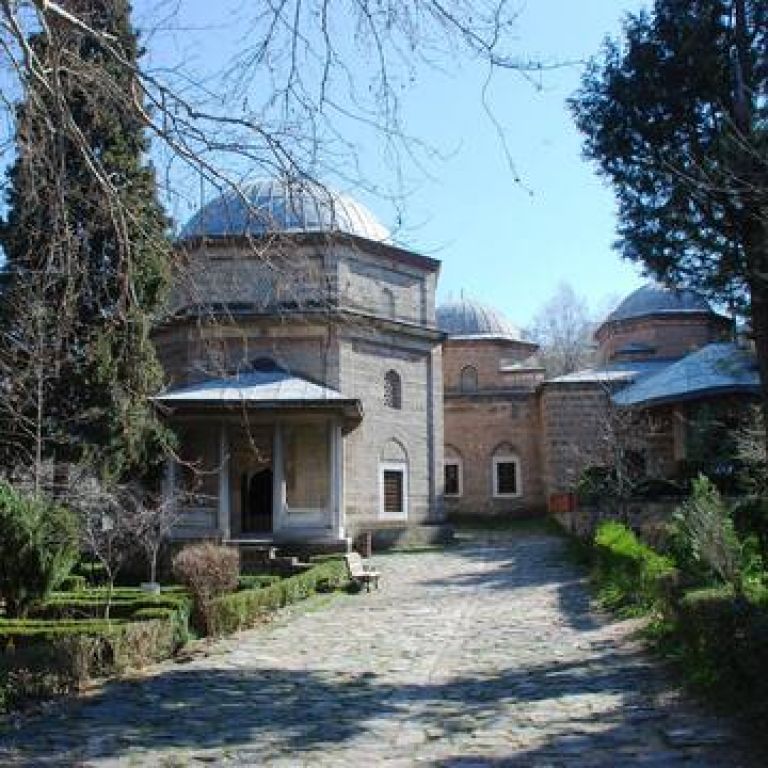

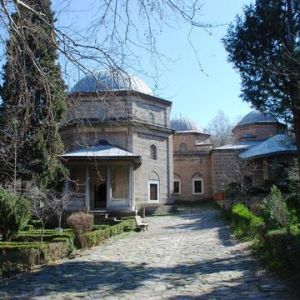
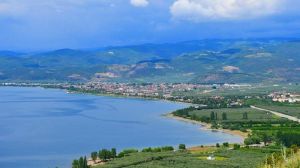

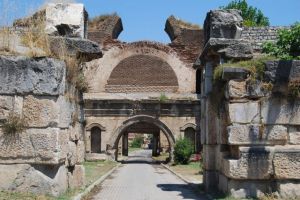
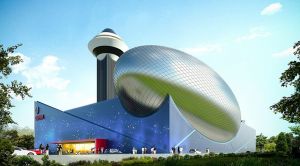
Değerlendirmeler